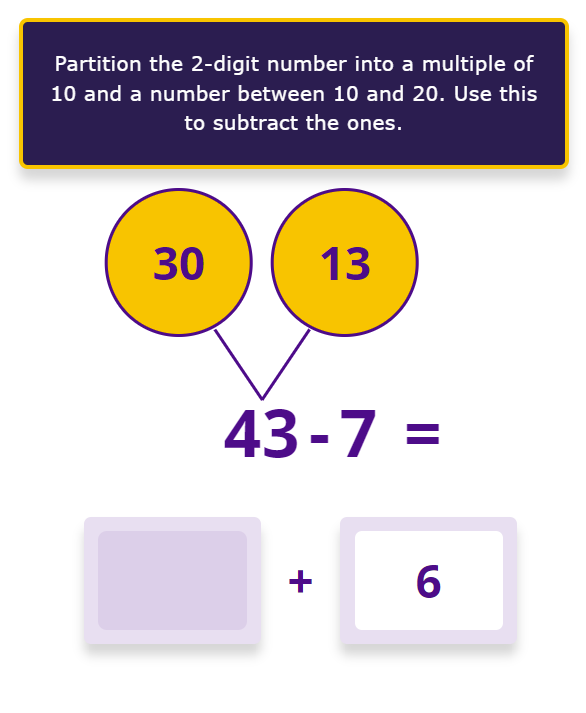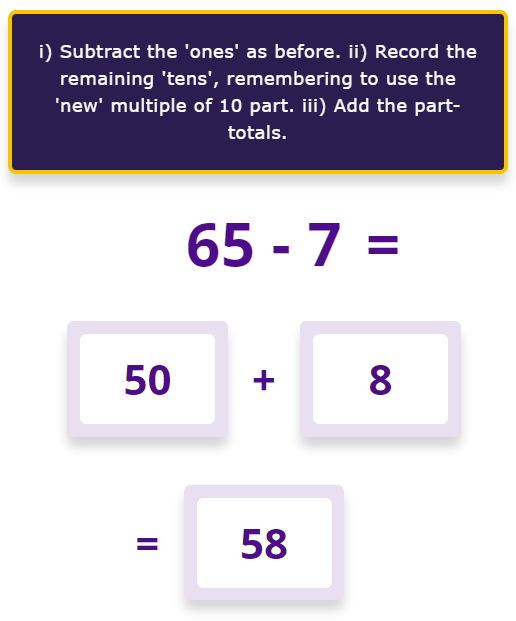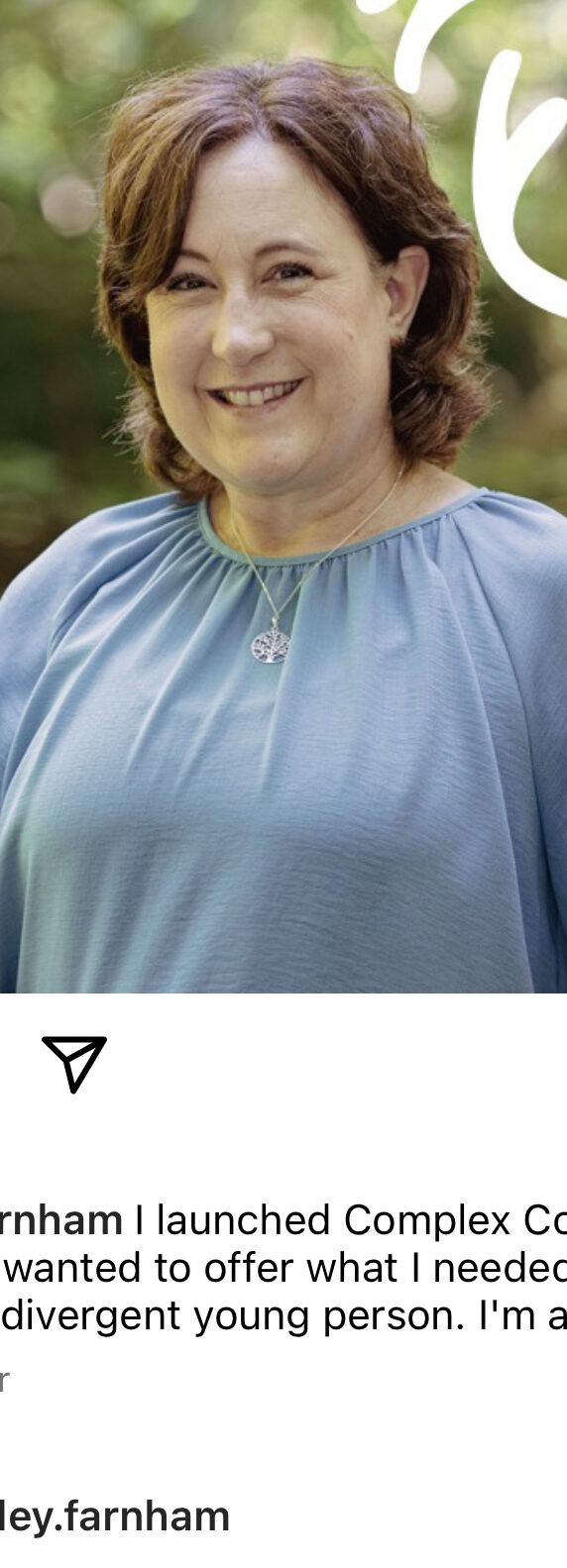End of Year 2 Number Screening: Part 2
This is the second of 3 short blog posts encouraging Year 2 teachers (Primary 3 in Scotland, 1st Grade in many other countries) to ‘park up’ other end of year maths assessments and cut to the chase! Here, we consider the top screening check for children leaving Year 2 with regards to subtraction; ‘Can my students subtract a 1-digit number from any 2-digit number with ‘total fluency’?’
This requires the child to look at such an equation and immediately see the 2-digit number partitioned into a number from 11 to 19 as the target part, and to use that to subtract the ones digit amount. This looks like this:
 This ability is of course what ‘column method’ subtraction is going to ask of students later on, but initially this is the two-stage cognitive process that must be secured in isolation. The two stages require that students can:
This ability is of course what ‘column method’ subtraction is going to ask of students later on, but initially this is the two-stage cognitive process that must be secured in isolation. The two stages require that students can:
i) already look at any 2-digit number and partition it in this way;

ii) recall any 1 digit + 1 digit fact as an inverse fact. It is this ability to immediately recall this as a fact (i.e. ‘any ‘teen number’ subtract any 1-digit number’) that is vital here. Students who are taken to column methods too soon, quickly adjust, or count, to find these subtraction totals, therefore appearing to be ‘Year 2 successful’. However, they are actually extending the amount of process parts, already placing a ceiling on high-end numeracy as they progress next year.
Of course the final stage of the overall procedure is to now re-join the remaining multiple of 10 with the subtraction part-total.

This can then be built into a purely mental process by gradually holding the part-totals in mind, until the child can be given any 2-digit subtract 1-digit equation and, in almost no time at all, and with no visible counting, they can tell you the correct total.

From here students can easily (and quickly) be extended into 2d – 2d and 3d – 1d subtraction with no loss of speed. Although this is an important screening for all children leaving Year 2, as with the addition we looked at in the previous blog post, this cognitive process is best built over time so that the teacher’s confidence and evidence is so strong that the screening itself becomes completely unnecessary!









